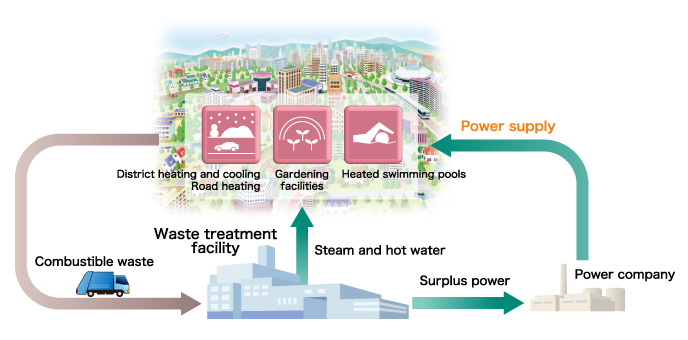
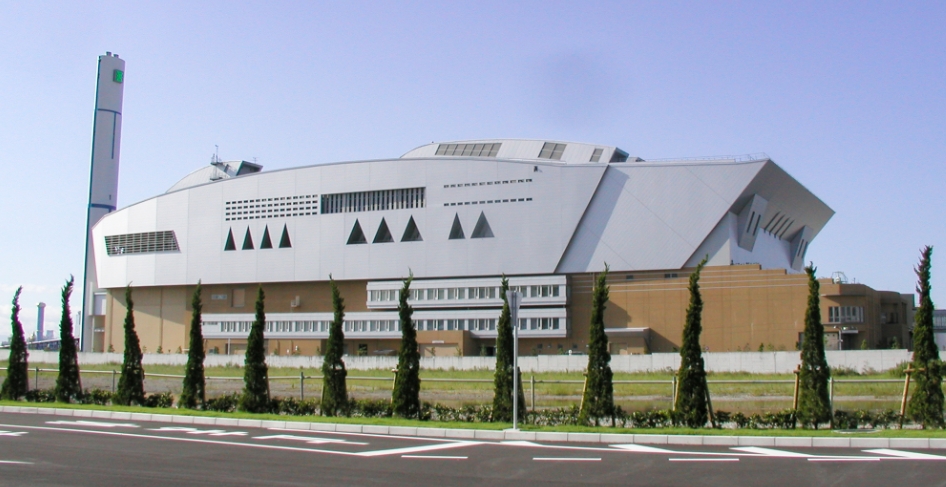
No.1 We make possible safe, secure, and highly efficient waste treatment with advanced technologies based on our extensive track record.
The stoker-type incinerator boasts the longest history in Japan and the most widespread use of any waste treatment method. Today, most incinerators use this system, and TAKUMA has built more of them than any other manufacturer in Japan.
By means of advanced technology and expertise based on its extensive track record, TAKUMA makes possible safe, secure, and highly efficient waste treatment that meets customer needs.
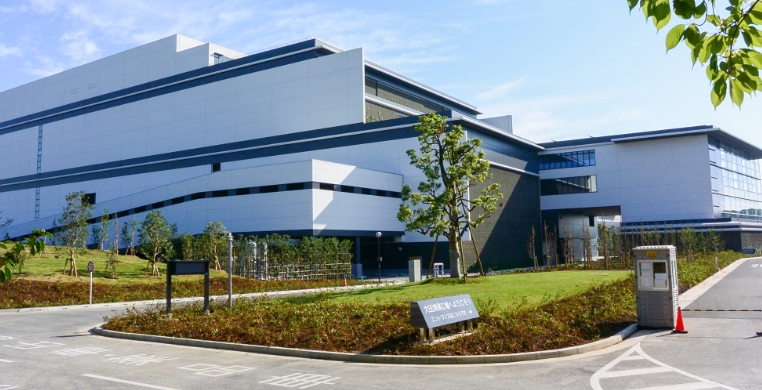
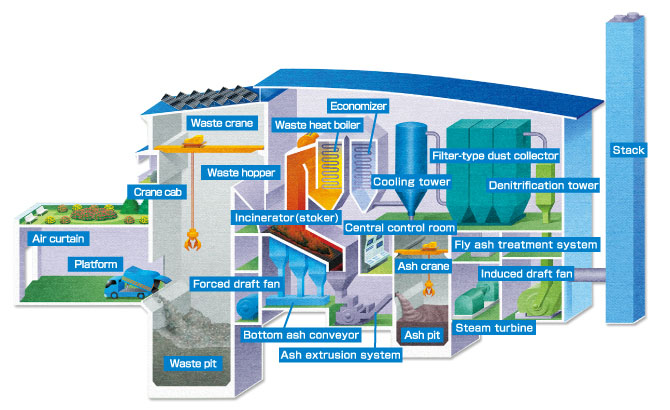
Our combustion systems ensure complete combustion of all waste types for stable treatment.
Stoker
A stoker is a combustion system that consists of a series of stepped fire grates. The stepped grates move back and forth to facilitate efficient contact between the waste and air, ensuring stable combustion of the waste despite its non-uniform properties.
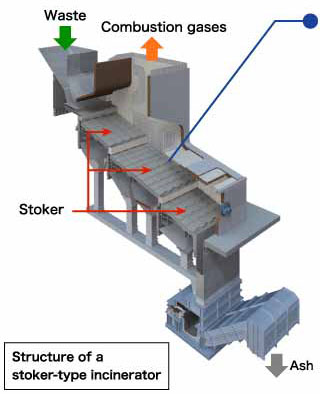
Stoker mechanism
The movable fire grates move back and forth to feed waste downstream on the stokers. The back-and-forth motion of the fire grates serves to mix the waste and bring it into efficient contact with air, facilitating good combustion.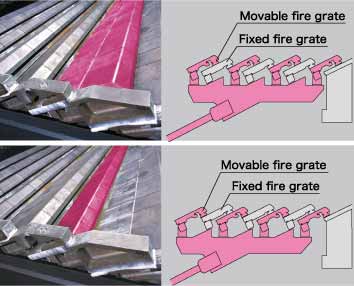
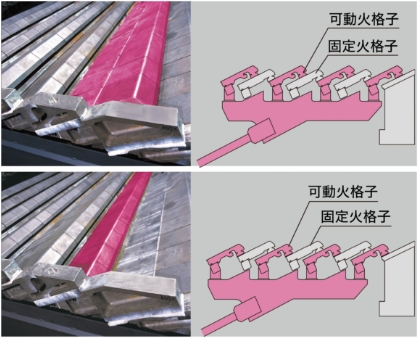
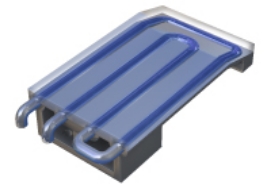
TAKUMA has an extensive line of stokers, and we can provide incinerators that suit the characteristics of any region. By using water-cooled fire grates, which offer excellent cooling performance, regions whose waste has a high heat value due to high plastic content can boost stoker durability and service life.
Advanced combustion systems
Although combustion air must be supplied to the incinerator in order to ensure complete combustion of the waste, reducing the volume of air required makes it possible not only to increase heat recovery in the waste heat boiler and thereby boost the amount of electricity that can be generated, but also to design more compact flue gas treatment equipment.
TAKUMA makes possible stable, low-excess-air combustion while limiting generation of dioxins and other emissions with advanced combustion systems such as flue gas recirculation systems, which return flue gasses from the filter-type dust collector outlet to the incinerator, and advanced automatic combustion systems, which use a laser O2 analyzer.
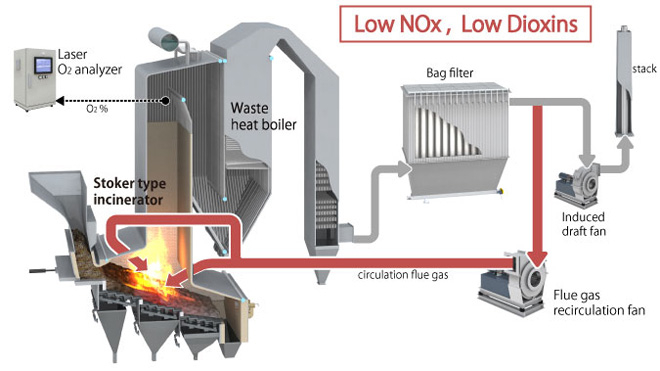
Flue gas treatment system
Flue gas treatment systems reliably eliminate toxic substances from flue gasses and help lower life cycle costs.
Fly ash circulation system
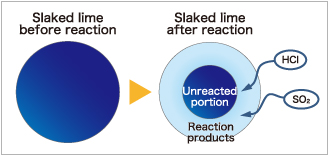
In addition to particulate matter and reaction products, fly ash collected by the filter-type dust collector contains slaked lime, some of which remains in an unreacted state. TAKUMA has developed a fly ash recirculation system that makes effective use of unreacted agents, which were simply disposed of in the past, by reintroducing fly ash containing this unreacted slaked lime into the filter-type dust collector inlet.
This technology reduces both the amount of slaked lime used by the plant and the volume of waste requiring final disposal.
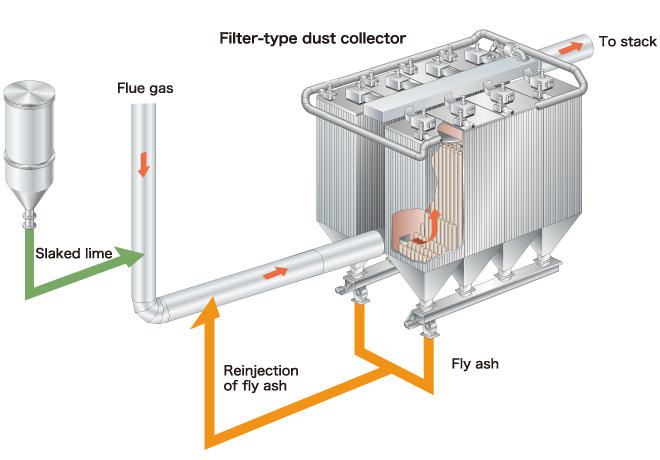
High-efficiency dry flue gas treatment system
TAKUMA has also developed a high-efficiency dry flue gas treatment system that uses sodium chemicals. By dramatically improving the rate at which acidic gasses can be eliminated, this system allows operators to minimize steam used for purposes other than power generation and to increase power generation by steam turbines.
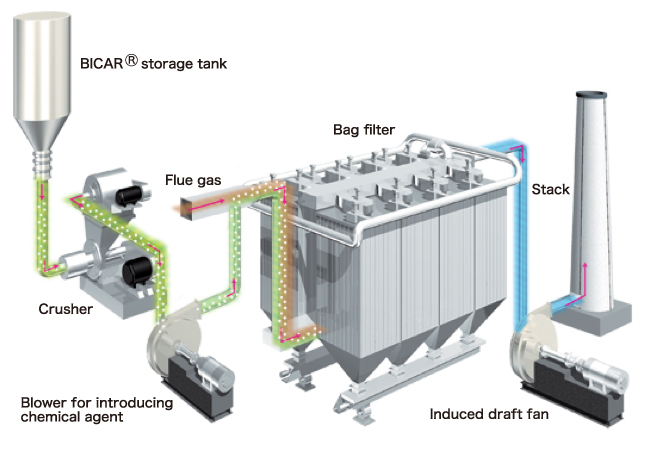
On-site catalyst recycling system
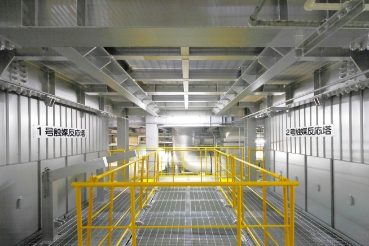
The catalyst used in the denitrification tower must be recycled on a regular basis to restore its functionality, and the conventional method for accomplishing this task in the past has required that the catalyst be removed from the tower and transported to a dedicated plant for recycling.
TAKUMA's on-site catalyst recycling system allows the catalyst to be recycled without being removed from the denitrification tower, dramatically reducing the time and cost associated with catalyst recycling.
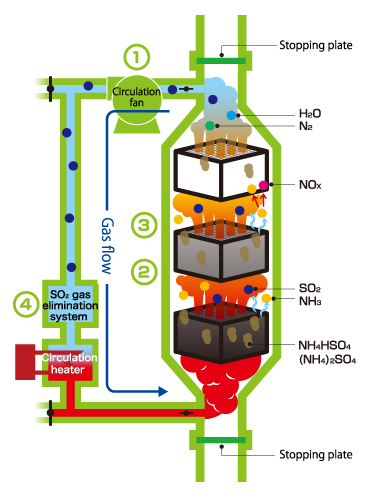
Surplus heat utilization systems
Surplus heat utilization systems allow TAKUMA plants to provide a stable supply of energy.
High-efficiency waste power generation
Waste treatment facilities use steam generated by a waste heat boiler to power a steam turbine generator. Since the output from this system not only provides plant power but also generates surplus power that can be sent to the power company, the waste treatment facility also serves as a power plant.
TAKUMA utilizes a variety of technologies that maximize generating efficiency, for example by enabling waste heat boilers to generate higher-temperature, higher-pressure steam and by optimizing the design of steam turbines, to make possible highly efficient waste power generation.
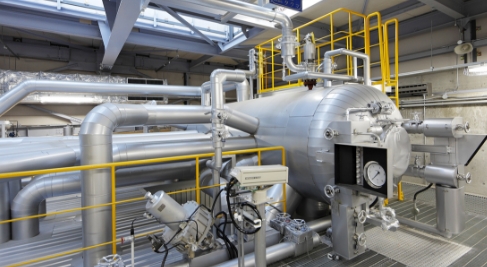
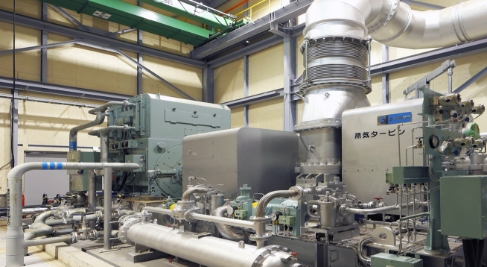
Supply heat to the community
Apart from power generation, it is possible to generate steam and hot water using heat created by the incineration of waste and supply it to nearby facilities. TAKUMA maximizes use of energy generated from waste to deliver facilities that play an integral part in the surrounding area.
